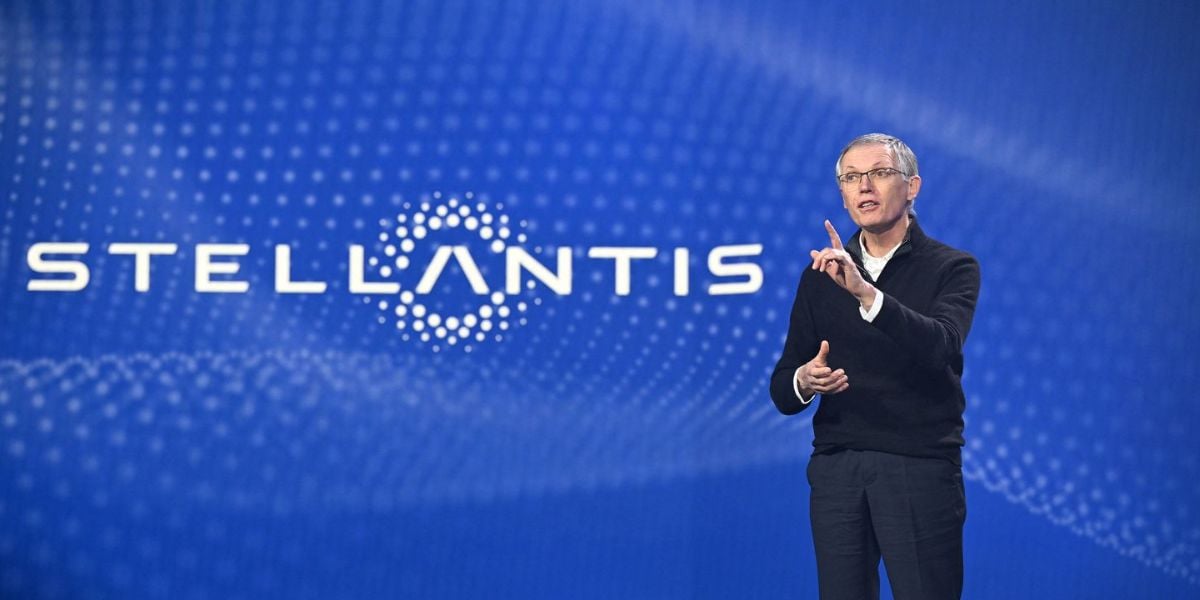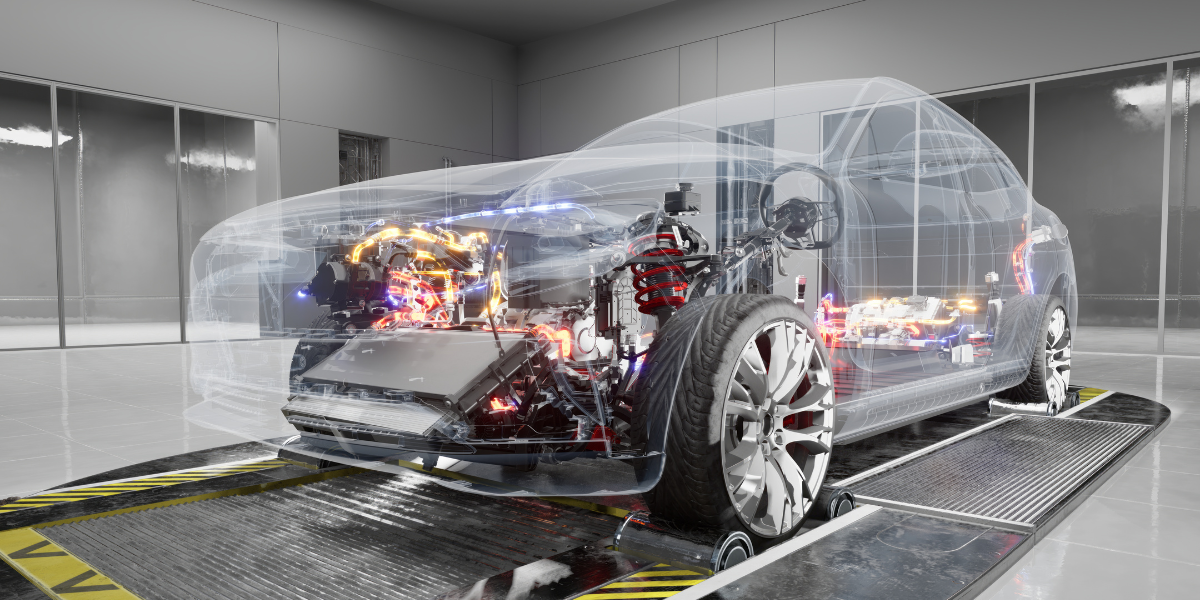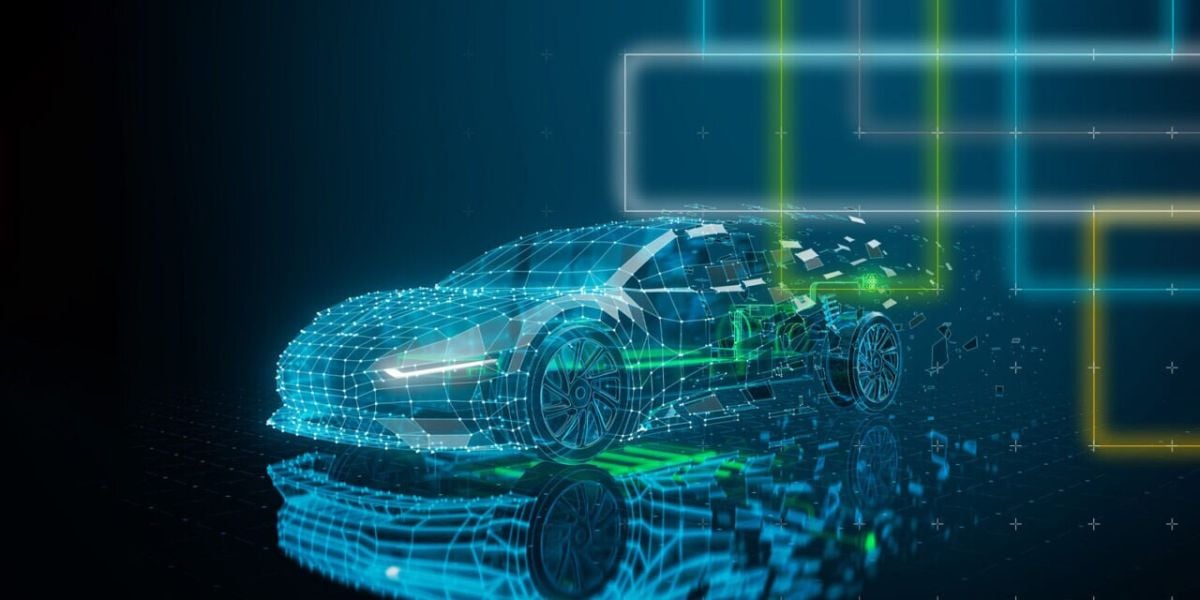Euro 7 Emissions Standard, a way to save the planet or ICVs?
In cities all throughout the world, road traffic is still the main cause of air pollution. In pre-pandemic Europe (2018), road transportation was responsible for more than 39% of nitrous oxide (NOx) emissions and 10% of primary PM2.5 and PM10 emissions. Many European cities had even higher pollution levels. The planned Euro 7 Emissions Standard was finally presented by the European Commission on November 10, 2022, after several delays. When it is finally adopted, the much-awaited standard will replace Euro 6, which was established in 2014. It may also serve as the last internal combustion engine (ICE) regulation in Europe.
Following an agreement between the EU and the European Council on October 27, 2022, new combustion-engine cars will effectively be prohibited beginning in 2035. The world keenly monitors changes to European emission rules. When it comes to emissions, many Asian nations have adopted or closely resembled European rules. "Citizens' access to cleaner air will significantly increase with the transition to electric mobility. This is why the European Green Deal's executive vice-president, Frans Timmermans, stated that the CO2-emissions criteria and Euro 7 norms "work hand in hand to ensure we get more clean and affordable vehicles on Europe's roads." According to the European Commission, the proposal supports Europe's economic competitiveness and adheres to the European Green Deal's zero-pollution ambition—all while giving the automotive supply chain a clear direction on how to reduce pollutant emissions and guarantee that vehicles are still accessible to consumers.
2035, a watershed date
With a single set of regulations going forward for all motor vehicles, Euro 7 improves and streamlines the current emissions criteria for both cars and vans (Euro 6) and trucks and buses (Euro VI). Whether cars are fuelled by gasoline, diesel, electricity, or other fuels, the new regulations and standards are unaffected by either technology or fuel. Starting in 2025, stricter limits will be in effect for pollutants like nitrogen oxides and carbon monoxide. The restrictions, though, may not be as severe as some may have expected.
By 2035, total NOx emissions from cars, vans, and trucks must be reduced by 35% compared to Euro 6 and by 56% compared to Euro 6 for buses and lorries, according to the plan. According to the Commission, tailpipe emissions from automobiles, vans, and lorries decrease by 13% and 39%, respectively. The Euro 7 NOx limits are just a harmonization of the Euro 6 petrol vehicle limits. The law offers a voluntary certification level called "Euro 7+," which has emission standards for gaseous pollutants that are at least 20% lower than those required by Euro 7. However, some commentators have claimed that many Euro 6 vehicles already go beyond this more ambitious goal.
Heavy-duty vehicle NOx emissions were formerly unregulated. With Euro 7, which should significantly improve NOx and particulate matter, this is about to change. Additionally, the Commission intends to increase the variety of driving circumstances used in on-road emissions testing. In comparison to Euro 6, passenger cars must be twice as durable and must maintain their cleanliness for 200,000 km and 10 years. The required durability for buses and trucks will increase by 25% to 875,000 km. Euro 7 is the first emission standard to set limits on particulate matter from brakes and microplastic emissions from tires in addition to tailpipe emissions. The proposed legislation has a 27% lower level of brake particulate matter. The same restrictions on brake and tire dust will also apply to electric vehicles. By establishing new regulations that control the longevity of batteries installed in cars and vans, the EU also hopes to provide consumers more assurance when making electric vehicle purchases. Legislative wrangling over Euro 7's ratification by the European Parliament and Council is now taking place. If approved, the Commission has stated that it will go into effect for trucks and buses two years after trucks and cars, in July 2025.
The main innovations of Euro 7
The management and limitation of brake and tire emissions, including those from electric vehicles, constitute the main innovation in the recently proposed Euro 7 standards. For instance, automotive brakes will need to reduce their particulate matter emissions into the air and onto the road by 27% by 2035. We will assess and regulate the amount of microplastics tires emit into the environment. The reduction in NOx emissions from cars, which must be made by 35% compared to existing Euro 6 vehicles, is much more drastic. Even the particulate matter emissions from Euro 7 automobiles' tailpipes must be 13% less than those from Euro 6. The homologation cycles also alter to match the actual conditions of car use, including "commuting" within cities, even more closely.
Through unique onboard sensors that will facilitate inspections and guarantee that even used cars do not exceed certain levels of pollutants, the control of emissions over time is also unprecedented. The Euro 7 standard sets new restrictions on formaldehyde emissions, a chemical that causes irritation and cancer, as well as ammonia emissions, which cause smog. Euro 7 will set global criteria for battery life and ultrafine particulate matter (below 10 nanometres) for the first time.
Not everyone agrees with the Euro 7
The idea for Euro 7 has, it is fair to say, been met with a cold reception from the automotive industry because Europe already has the strictest emissions rules in the entire world. The revised pollution requirements were met with "serious concerns" by the European Automotive Manufacturers Association (ACEA). "Unfortunately, the Commission's proposal has very little environmental benefit and significantly raises car costs. It concentrates on extreme driving situations that hardly ever occur in real life, according to Oliver Zipse, ACEA president and CEO of BMW.
According to ACEA, policymakers' efforts should focus on speeding fleet replacement and giving investments in zero-emission vehicles priority. The German Automotive Industry Association reinforced the notion that the suggested implementation dates are unrealistic, which was also stressed by ACEA. Automakers had questioned the utility of Euro 7 even before the Euro 7 concept was published. From a business standpoint, we don't need Euro 7, since it will consume resources, we should be used for electrification, according to Carlos Tavares, CEO of Stellantis, the parent company of Jeep, Ram, Chrysler, Fiat, Alfa Romeo, Citroen, Peugeot, Opel, and Vauxhall.
Additional complexity and expense are associated with the need to advance fossil fuel technology. Costs that inevitably must be passed forward to consumers. The Ford Motor Company has added its voice to the discussion. Ford Europe's Martin Sander, who oversees the Model E electric division, stated that the proposed law could undo the significant progress Europe has achieved toward a shift to electric transportation. “We should not be diverting resources to yesterday’s technology and invest in zero-emission instead,” he said. Automakers are angry and think that these regulations go too far, but people who disagree with them are just as angry. The "watered down" emissions standard has been dubbed a victory for automakers by some environmental organizations.
According to Transport & Environment, Euro 7 is a "weak and shockingly poor proposal" that is really a rebranded version of Euro 6. Anna Krajinska, manager, of vehicle emissions and air quality at T&E, said “The proposals for cars are so weak, the auto industry might have drafted them themselves.” Leading non-governmental organization Transport & Environment promotes greener transportation in Europe. T&E criticized the failure to tighten the current (Euro 6) gasoline limits, which were established more than ten years ago. The group expressed concern that the Commission had disregarded the advice of its own experts on new regulations for non-CO2 vehicle emissions, including a last-minute adjustment to truck particulate matter number limits that was substantially higher than suggested. T&E further observed that although the proposed limitations do not guarantee its use until 2035, efficient technology to reduce brake emissions is presently accessible and reasonably priced.



